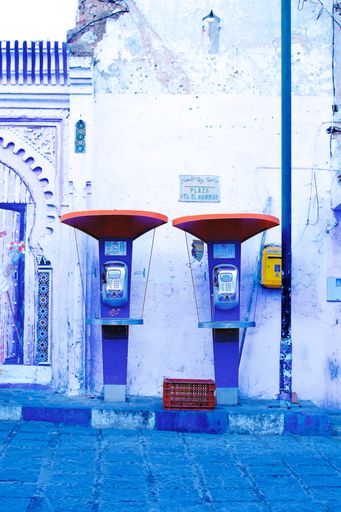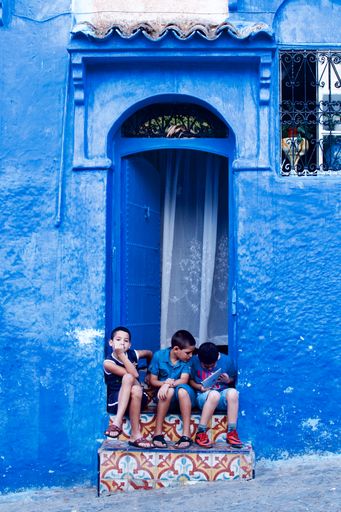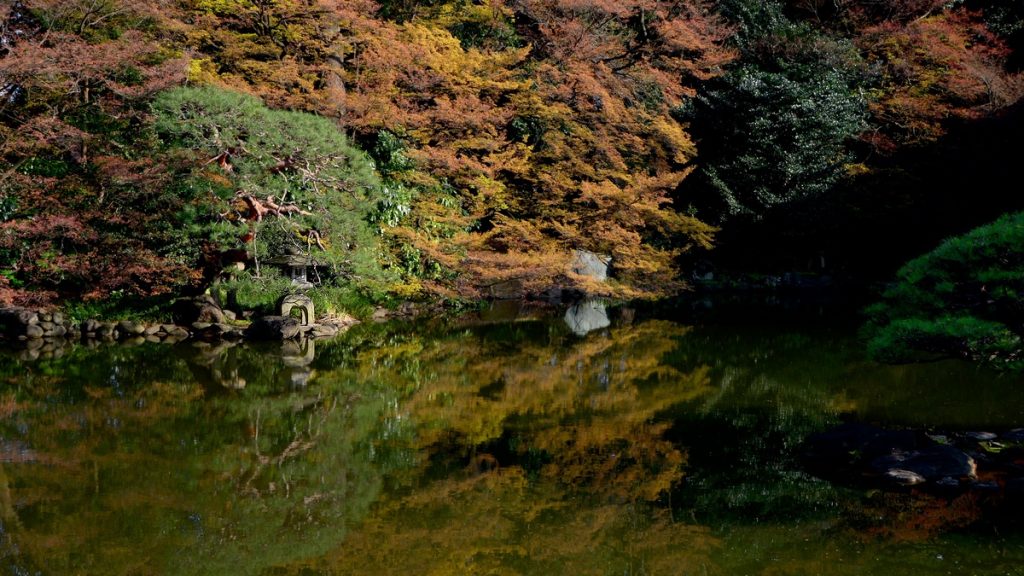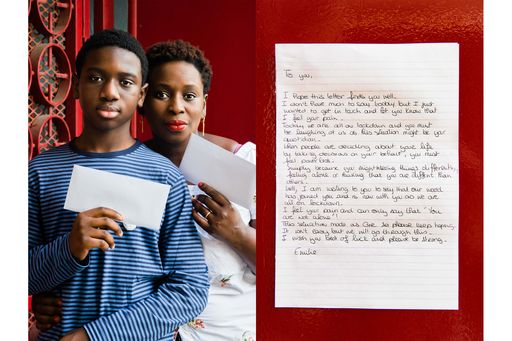“Jiji and Kinako on Washi”, your photography exhibition with Sway Gallery London, explored the extraordinary connection between a 94-year-old man with Alzheimer’s and his loving cat. Celebrating relationships is a key theme of your work – how have you adapted during the pandemic, since many of us are unable to meet others in person?
Akiko: It was hard and it still is hard to adapt to this new-normal. I am someone who needs human connection and the more the pandemic situation got serious and the more this new-normal became real, I began to crave for it. However, I found that it wasn’t just me. When we still didn’t know much about COVID-19 and only kept hearing the drastically rising numbers of patients and deaths, when London experienced the first lockdown last spring (2020), I was very scared. I was only thinking of how unsure things were and when, or if, it’s ever possible to see family and friends again. It felt weird when I thought about it because it didn’t matter how much we’re connected via texts and video calls. But I found out that it wasn’t only me but that many, many others were feeling a similar way. That’s when I came up with my photo project “Letters to the Loved Ones” and began to ask people (who live within a walking distance) to write a letter to someone they’ve been thinking about since the start of the pandemic.
The project participants vary from a seven-year-old to someone who had experienced World War II and hasn’t seen her son for weeks and dearly misses him, as well as a local baker who wasn’t sure when he can meet his daughter again since she lives across the ocean. There was also someone who lives on a boat, born and bred Londoners, people from across the globe, and someone who had lost their loved one to the pandemic. Letters are one of the most intimate forms of communications in this hyper connected world. The project taught me that it’s okay to feel scared. By knowing the feelings of ‘care’ through reading these letters, it made me miss everyone even more but helped me to look forward to the day we can reunite. I’m very grateful for all the letters that I encountered and would love you to see the letters when you have a moment.
As well as starting the “Letters to the Loved Ones” series in response to feeling isolated during lockdowns, as a documentary photographer, how else have you been recording current life?
A: Other than the project, it’s nothing serious but I’ve been trying my best to write a quick diary every day.
Your work is also rooted in how different people encounter the world. Whether it’s a creative outlet or to share images with friends and family on social media, a lot of people have started to capture their own lockdown stories. Do you have any advice or ideas for amateur and experienced photographers alike?
A: Enjoy, try not to compare yourself to others, and see lots of “good” images. Especially the third one, I need to do this a lot, lot more of as well. Someone I respect once told me that we need to look at “good” images as much as we can in order to train our eyes. It can be historic paintings, famous photo exhibitions, or maybe even a popular Instagram feed… It’ll sharpen not just the eyes but our other senses as well.
Having lived in and visited many different parts of the world, has interculturalism influenced the way in which you approach your work?
A: Yes. But it’s more about meeting many people from different cultures that influenced how I am. Simply being in different countries wouldn’t have made much difference. Just being there and actually meeting with people makes the difference.
 Blue City 2
Blue City 2 Bubbly Pride
Bubbly Pride Blue City
Blue City
Cultural exchange is vital for many in the art world, and it’s very important to us at Sway Gallery London. With limited travel opportunities, how do you think we can all stay better connected and continue to collaborate with one another in these uncertain times?
A: I recently heard that book clubs and art tours are getting popular again during the current lockdown, using Zoom. I’m desperately craving for exhibitions since I haven’t been to one for over a year due to COVID-19 (and having a baby), and I think there many others like me. It may be interesting to organise something as simple as a virtual exhibition tour with a bit of time to have tea and exchange opinions on the pieces.
Even before the COVID-19 pandemic, smartphones and social media were transforming the way we capture, view and share images. Is this an exciting time for photography, and how do you anticipate it progressing?
A: I bump into new favourite images and photographers almost every day, so yes, it is a very exciting time. I’m also encouraged by how creative and supportive people are with each other during these difficult times. It would’ve been more difficult to find out how others are doing if it wasn’t for smartphones and social media. Tools such as smartphones and social media may have many negative points but I’m hoping that these will become a tool of some kind of encouragement, motivation and support for users.
At the same time, it’s becoming increasingly difficult for people to become professional photographers and make a living through their art. Could you share some tips for anyone looking to find or create more opportunities?
A: I’m not in a position where I can give advice but I have a thought: this pandemic and lockdown, I see it as a time to hibernate. It may look as if it’s a time of “can’t do’s” but if you look at it in another way, it’s a time to store your energy. It’s when you can do a lot of research, brush up your skills, you can tweak things here and there (website, social media etc.) because these are what you can’t do that much when you’re busy. It’s a difficult time for sure, but it is also a time of opportunity.
Are there any up-and-coming photographers whose work you’ve recently come across, and whom you find exciting?
A: They may already be popular in Japan but I came across Chikura Yukari’s “ZAIDO” and Mayuko Ukawa’s “WONDERLAUND” show. They’re both very different, yet they both take very sensitive and strong images. Please take a look if you ever encounter their photo books.
Beyond photography, who or what else inspires you?
A: My family and friends, or even some random people I encounter. ‘People’ have always been a big part of my interest. People make things interesting.
Finally, many of us have a little more time for new TV series, films and books. Do you have any recommendations for those looking to find out more about little-known Japanese culture?
A: I’m a big believer of reading, and I love novels! You can only live once but can experience many and learn many by reading. I recently (and finally) read a book called Rū by Shūichi Yoshida. Tsubaki Bunguten by Ito Ogawa was nice as well. They were both like the light touch of spring wind. If you’re looking for mystery, my recent favourite was Byakuyakou (‘Journey Under the Midnight Sun’) by Keigo Higashino. There’s a lot of argument around this book but The Eternal Zero by Naoki Hyakuta is also on my recommendation list, probably because it partly reminds me of my grandfather. I also enjoy reading novels by Tomihiko Morimi, famous for The Night Is Short, Walk On Girl. I recommend that you read them in Japanese. His choice of words is twisty!

